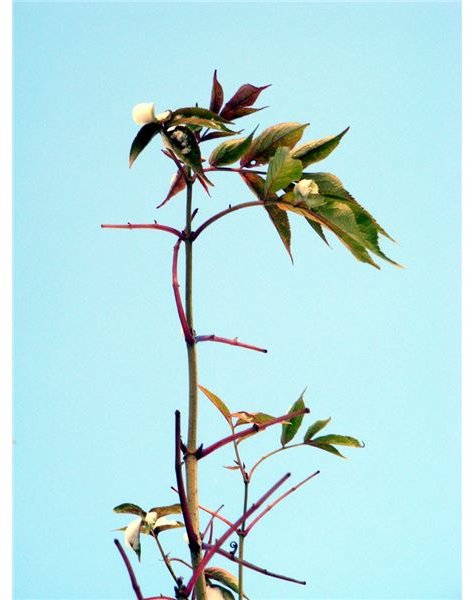What Makes a Plant a Plant? Lesson for Kindergarten through 2nd Grade
Kindergarteners are natural learners. They love explorations that will allow them to use their hands in the learning process. This lesson will allow them to discover that plants are made of parts.
**
Objectives:
- The student will recognize that plants are made up of parts.
- The student will work cooperatively in groups.
- The student will create plant that has all of its parts.
- The student will create an addition sentence.
Materials:
- Picture of a Plant from the Internet (Make sure that it shows all of its parts)
- Play Dough
- Paper Plates
- Pipe Cleaners
- Coffee Filters
- Construction Paper (Various Colors)
- Dryerase Board
- Plant Template (Teacher Made). This is simply an enlarged outline (regular copy paper size) of a plant with all its parts.
Lesson Procedure
One of the best teaching strategies is that of inquiry. In this lesson, the teacher will simply show a picture of a plant on the smartboard. If you do not have a smartboard, then simply print a picture and enlarge it. Next, post it where it can be seen by all students.
Tell the students to use anything around the room to create this plant. The teacher should strategically place the materials listed above throughout the classroom (this should be done before the lesson begins). The students may use any of these materials as well as any other materials that he/she may find. Students who are below grade level should be given a plant template as a guide. Give all students 15 minutes to create the plant. As the students are working, the teacher should observe and question.
Once the plants have been created pull the students back together. Discuss their findings and the steps they took in the creation of their plant. Record and draw their findings or steps on the smartboard. To wrap it all up, present the question, “What Makes a Plant a Plant?” (Presented in Lesson 1 “Let’s Investigate Plants” KWL Chart). Record the responses under the “L” (Learned) portion of the chart. The students should conclude that a plant can only be a plant if it has all of its parts.
In the math portion of the lesson, the student will choose a friend. The students will count the leaves on each plant. They will then work together to see how many leaves they have in all. The students should write the appropriate number sentence on the dryerase board.
Assessment: The teacher will assess student’s ability to recognize that plants are made up of parts through teacher observation, oral responses, and student-made plant.
This lesson provides the students with a concrete method to help them conclude that in order for a plant to be a plant, it must have all of its parts. They will enjoy learning through this hands on method and discovering things for themselves.
References
- Photo by matthew.devalle under CC BY 2.0 via Flickr
This post is part of the series: How Parts Make up a Whole: Plant Parts
Teach your students how parts make up a whole with this series on examining the parts of a plant. The lessons can be modified to be used with students from Kindergarten to Second Grade.
